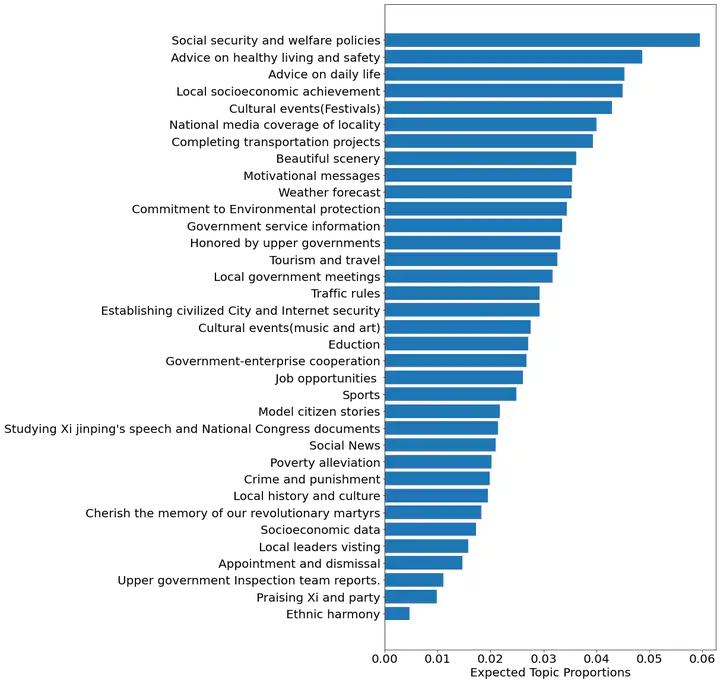Signaling to Leaders, not People: Understanding the Mechanics of Chinese Local Government Propaganda
 Image credit: [The structure of the base BERT model]
Image credit: [The structure of the base BERT model]Abstract
This article explores the persistence of propaganda in the digital era despite its limited effectiveness in shaping public opinion. The author proposes that the true audience of propaganda is not the general public, but government officials who use propaganda to signal their competence and advance their careers. The paper examines Chinese city government propaganda posts on WeChat between January 2016 and December 2019 and the positional changes of mayors and city party secretaries in 68 randomly selected prefecture-level cities from 2016 to 2020. The author discovered that as local leaders approach the end of their term, city propaganda accounts create more posts praising their leaders’ efforts on projects that cannot be evaluated through performance indicators, such as GDP growth. Furthermore, younger officials post more frequently to showcase their hard work. The finding suggests that lower-level officials use propaganda to create a favorable impression on their leaders before they are evaluated. The article adds to our understanding of propaganda in authoritarian regimes by highlighting the importance of propaganda as a signaling mechanism for officials.
Appendix_A is an introducation of transformer-based models appendix_A. Other supplementaryappendixes.